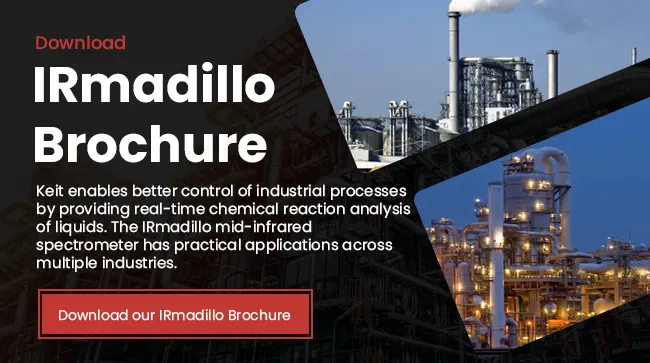
An Overview Of The Key Compliance Standards For The Oil And Gas Industry
There are inherent risks associated with the production, transportation, and storage of hazardous materials.

Consequently, businesses who operate within the oil and gas industry are expected to conform to rigid oil and gas compliance standards to enhance their performance in:
-
Safety
-
Environmental protection
-
Operational efficiency
So, what are the key compliance standards that govern the oil and gas industry of which you need to be aware?
Compliance In The Oil And Gas Industry: Explained
Compliance with international oil and gas regulations is essential for businesses in the sector to operate responsibly, to minimize risks to workers, the environment and the public. Non-compliance is regarded seriously and leads to harsh legal and financial penalties, which can threaten a business’s reputation, operating license, and even its existence. Therefore, companies must implement robust compliance programmes to meet regulations in four key areas:
Environmental Compliance
Because of the risk of the significant environmental impact of oil spills, gas flaring, and greenhouse gas emissions, oil and gas companies must comply with different international environmental regulations. Laws, which are often location-specific, include:
-
The OSPAR Convention establishes guidelines for the protection of the marine environment in the North-East Atlantic.
-
The Clean Air Act sets the emission standards for various pollutants in the United States.
-
The European Union's Emissions Trading System aims to reduce greenhouse gas emissions in the oil and gas industry.
Health And Safety Compliance
The hazardous conditions associated with the oil and gas industry make it imperative that operators comply with health and safety standards to safeguard the wellbeing of workers. Due to hazards, slips, trips and falls remain the most common personal injury, and fractures, strains and sprains are the most common reported injuries (OGUK, 2021). These standards are usually stipulated by the relevant authority in the country of operation, such as the Health and Safety Executive (HSE) in the UK and the Occupational Safety and Health Administration (OSHA) in the United States. The aim of the guidelines or regulations is to reduce the risk of workplace accidents and occupational illnesses in the oil and gas industry.
Electrical Equipment Compliance
In environments where explosive atmospheres are present, electrical equipment must meet specific safety standards. The International Electrotechnical Commission System for Certification to Standards Relating to Equipment for Use in Explosive Atmospheres (IECEx) is an international certification scheme for electrical equipment used in hazardous areas. In the European Union, the ATEX directive serves a similar purpose, ensuring that equipment meets the necessary safety requirements for potentially explosive atmospheres. In the USA, The Class 1 Division 1 and Class 1 Division 2 accreditation establish specific standards for electrical equipment, ensuring compliance with stringent safety requirements in hazardous environments.
Quality Management Compliance
Quality management is crucial for safe and efficient operation in the oil and gas industry. ISO 9001 is an internationally recognized standard that provides a framework for quality management systems based on the process approach, evidence-based decision-making, and continual improvement. ISO 29001 is a supplement specifically tailored to the oil and gas industry, incorporating sector-specific requirements and best practices.
Contact Us
At Keit Industrial Analytics, we can help your business to be more compliant and to meet its legal and ethical obligations through process monitoring. To find out more, please get in touch by sending us an enquiry on our website today.
 Image Source: Canva
Image Source: Canva
